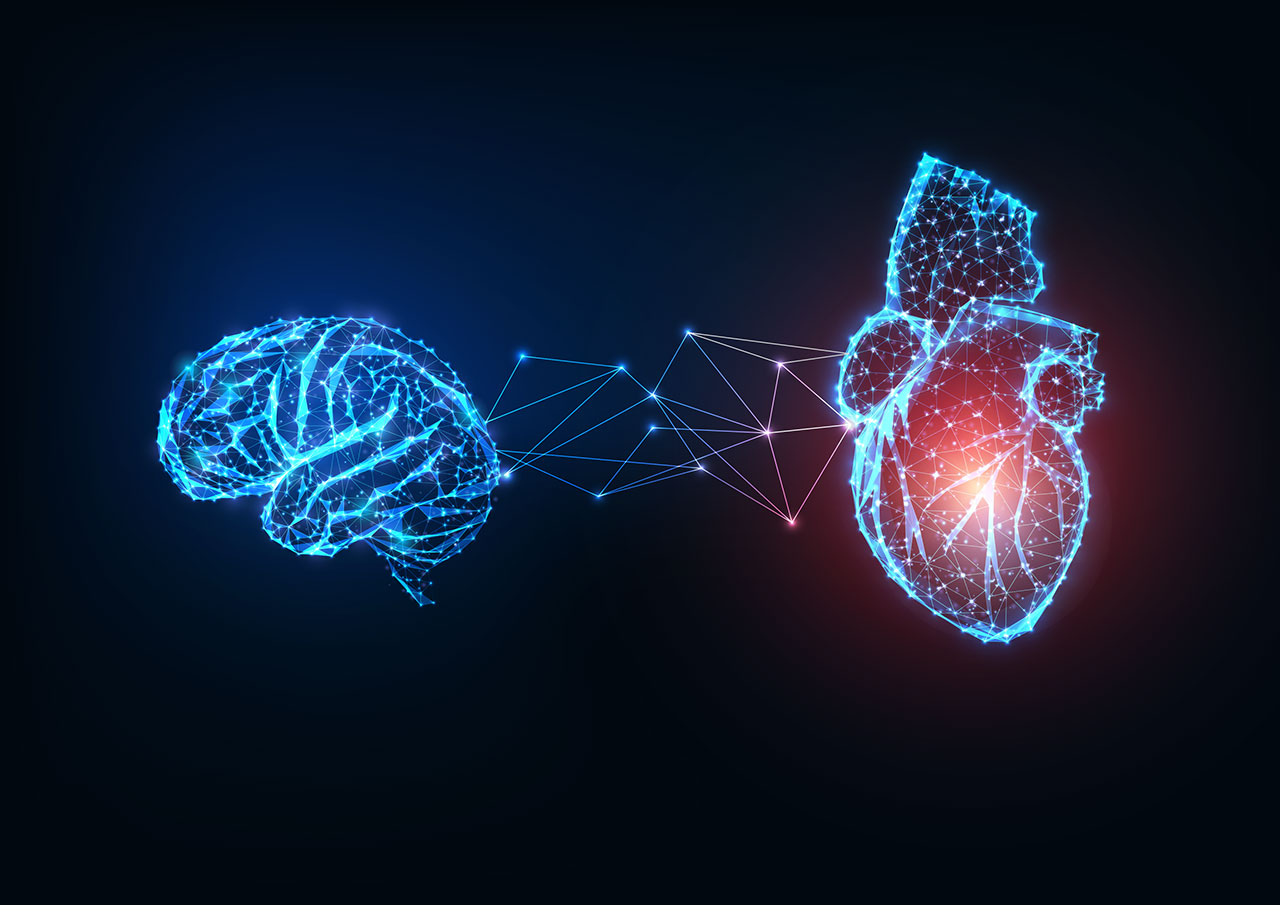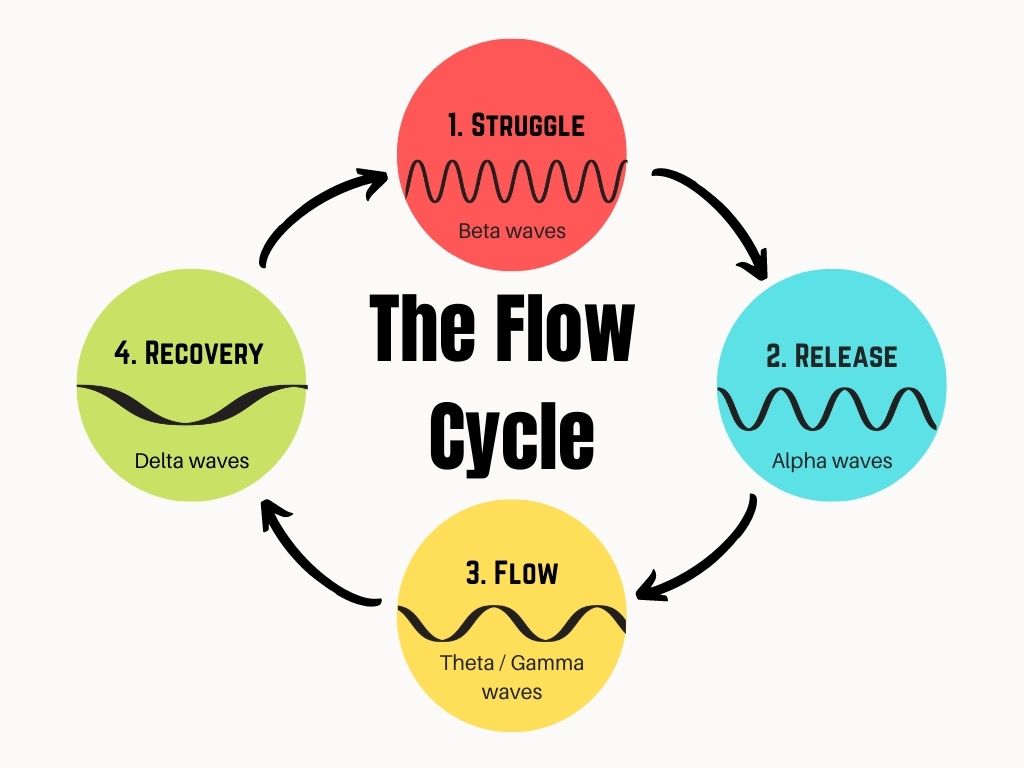Have you ever been working on a team or participating in a group where everything seemed to flow naturally and you felt completely focused on the group activity?
That’s a phenomenon called group flow, where people are united and collaborating around a collective goal. Studies show that when participating in groups like this there can be physical entrainment of people’s physiological functions.
This form of group entrainment is now much easier to track with portable devices that measure breathing, heart rate variability and brainwave patterns.
The easiest way to experiment with physiological entrainment in groups is with Heartmath’s global coherence app, which allows you to experiment directly with this phenomenon online.
How Group Flow Entrainment Works:
Before we dive into how to use Heartmath’s global coherence technology, here are the 3 important elements of group flow entrainment:
1. Entrainment:
The initial step involves getting in synch with others at a behavioral and/or neurophysiological level. The easiest way to do this is with rhythmic breathing.
2. Social Presence:
This involves facilitating a space for psychological safety and group sharing where each member feels comfortable participating by openly sharing their thoughts and emotions.
3. Networked Flow:
When these group flow entrainment experiences are faciliated effectively, the group can enter a collective state of peak performance where everyone is in sync and creative ideas are “flowing”.
How Heartmath’s Global Audience App Works:
There is some fascinating scientific research behind Heartmath’s heart rate variability technology. Their Inner Balance wearable can measure group flow through HRV synchronization between group members.
When you start a Heartmath session, you can get a reading of your current physiological state and then as the group breathes together, everyone can sync up their respiration, heart rate variability and blood pressure rhythm to create a state of group coherence as outlined in the chart below:

Heartmath’s research has found that heart rhythms directly affect brain centers involved in foresight, decision-making, social awareness, and our ability to self-regulate.
This makes their heart rate variability technology an effective and relatively accessible way to measure group flow entrainment. You can try out group sessions from anywhere using their Global Coherence app.
If you want to try out group flow entrainment without any wearable technology, you can use a free breath pacer app like Awesome Breathing to guide the collective experience and sync up everyone’s breathing rhythm.
If you want to learn more about HeartMath, visit their Global Coherence Initiative. You can purchase their Inner Balance wearable (affiliate link) for $159 on their website.
The Global Coherence app is free and available for iOS and Android.
- How The Muse S Athena Works For EEG And fNIRS Neurofeedback - April 24, 2025
- The 10 Best Pomodoro Timer Apps For Remote Workers - April 11, 2025
- Hacking The Flow Cycle: Brainwaves, Creativity and Flow States - April 11, 2025





 This website uses cookies to improve your web experience.
This website uses cookies to improve your web experience.